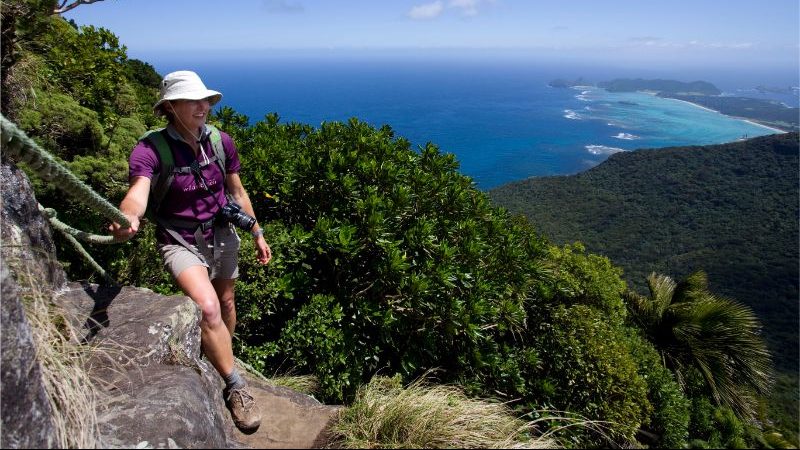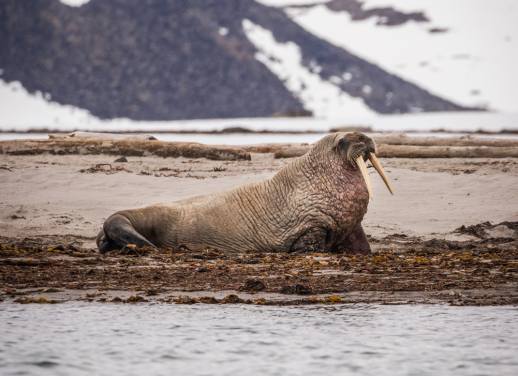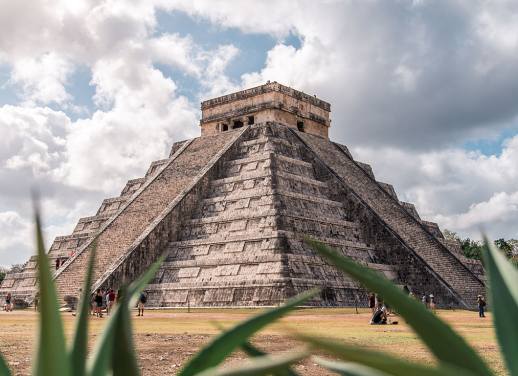Travel writing is one of the most misunderstood, and romanticised, jobs on the planet. That’s where this three-part Masterclass series comes in. To shine a light into its dimly lit corners, correct a few misconceptions about travel writing (and writers) and hopefully inspire you to write about your travels.
—
As I see it, travel writing is the lovechild of journalism and creative writing. Of course there are as many ways to write as there are travel writers, but the best stories have a spark that makes you just want to keep reading.
Before we get onto crafting a travel story, remember that great travel writing is great writing, period (as they say in America). It’s clear, every word pulls its weight and it takes you somewhere (and not just to a destination).
The “Big Five” of travel writing
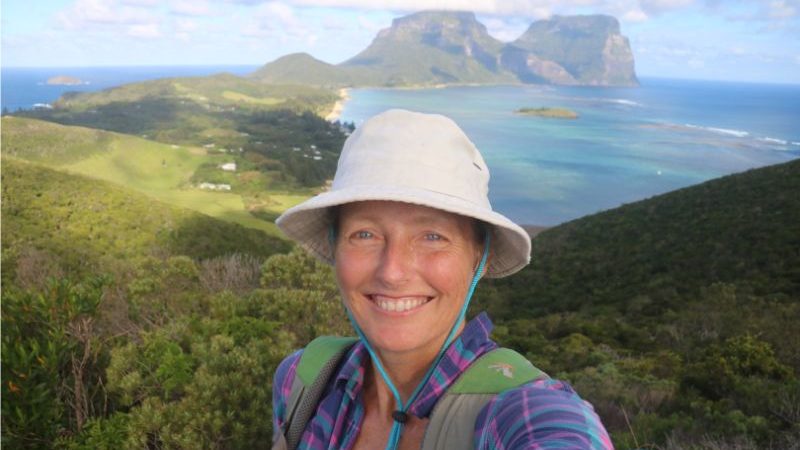
Hanging out on Lord Howe Island.
There are five common kinds of travel story that can help you make sense of your travel notes, each with a built-in structure:
- Lists and “roundups”. These showcase a selection of experiences or destinations sharing a common theme. Quirky, odd-numbered lists such as “21 reasons you should live in Berlin” and “29 Insta-worthy places to go” are increasingly popular, particularly online, but the Top 10 is a classic that never goes out of style.
- City guides and hotel reviews. These stories are usually short and written to a template set by the publication such as “48 hours in…” or a “Three-minute guide to…”.
- Journey stories. If your trip takes you from A to B, whether by road or camel train, on foot or by cargo ship, the journey is your structure. That is, you can write about it roughly from start to finish, condensing some bits and expanding on others to create interest. A word of warning: diary-style stories are generally easy to write, but can be boring to read unless there’s a reason you’re writing in a day-by-day format.
- Stories with sub-heads. Sub-headings help you structure a longer feature, organising your ideas into clusters. Breakout boxes are also handy, a good place for information that might otherwise break the flow of the main story.
- How-to stories: Don’t forget destination-less travel stories such as “How to” and stories based on issues or travel trends.
RELATED: MUCH MORE THAN A DESERT – A TRIP INTO THE SAHARA
Finding story angles
The sixth kind of travel story is a feature, which requires an angle or theme. That is, you have to know what the story is about. Finding good angles comes with practice, but here are a few ways to nose them out:
- Know who you’re writing for. Getting to know the publication and its readers can help you know what they want to know. What interests them? What can you tell them about this destination?
- “How was your trip?” What’s the first thing you told your friends and family members, or posted on Facebook, after your last trip? It could be something that surprised you, something you loved, something that happened to you, even something you know people back home might find interesting. Whatever it is, it could become the backbone of your story or at the very least the hook you start it with.
- Just write. Sometimes the best way to find out what your story is about is to start writing and see where that takes you. Other times it helps to write down all the main ideas you want to include in a kind of mind-map. Different stories often require different strategies.
- Mind-travel back. Read through your notes, look at your photos, take some time to think about the trip and jot down any themes or highlights you might be able to string together into a story.
- Narrow your focus. Don’t try to cover too much in one story. Instead of writing about the San Francisco food scene, for instance, write about the foods unique to San Francisco (like fortune cookies; who knew they were invented in San Francisco’s Chinatown?).
Once upon a time: The hook
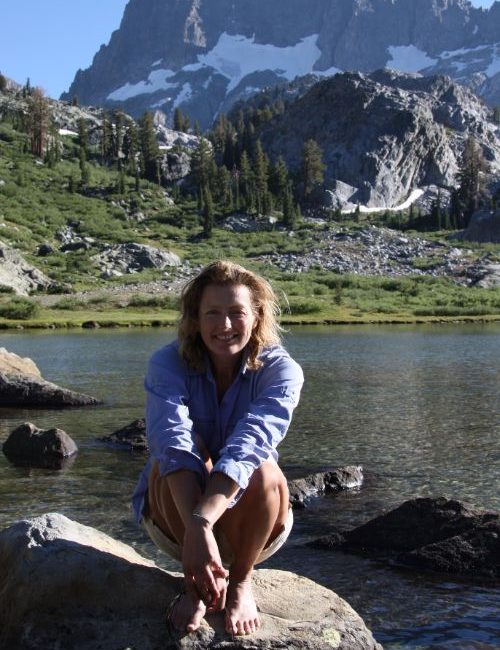
Hiking in the Sierra Nevada.
The next most important part of the story is how it starts. This is where you “hook” the reader and make her want to keep reading, so it pays to spend more time crafting that first sentence or two.
Fortunately, travel writing has a few road-tested hooks. The most common way to start a story is to drop the reader in the middle of the action: “I’m standing naked on the rooftop of a Bangkok hotel with no idea how I got here” (or something).
The hook can also introduce the main idea of your story or make an observation about the place or about travel, or life, in general. It can be controversial or confessional. You can even ask a question or start with a quote. Or find some totally new way to start a story that no one has ever tried before.
RELATED: IMPROVING ANIMAL WELFARE IN EGYPT
From travel diary to travel story
Now for the main course: building a story. To do this, you need a structure, a framework on which to hang the various points and ideas you want to share about the place. Do this successfully and you create a story that’s bigger than the sum of its parts, one that will take your reader on a ride.
Travel diaries are a fantastic raw material, but a travel story requires you to do more than say what you did each day. Otherwise it’s like giving someone some flour, sugar and butter and a couple of eggs and saying, “Here’s a cake”.
You need to group things together and lift out details, make decisions about what to focus on and what to leave out, to make your story glimmer with interest.
A few tips to help you organise your story into a cohesive whole:
- Be selective. You can’t write about everything that happened, everything you saw, every fascinating person you met. You need to be selective, and be brutal: include only the highlights, the most memorable experiences, the best encounters and leave out the rest –or put those into other stories later.
- More ideas, less description. A popular misconception about travel writing is that it has to be full of adjectives and colourful descriptions. It’s really about ideas and insights, well communicated. One of my favourite writing quotes is: “Words are the carriage, not the queen.”
- “Up-down” writing. Too much detail gets claustrophobic, but too much overview makes a story feel distant. The trick is to alternate between the two, zooming in on details or a moment in time, then zooming out to the big picture, to keep the story moving.
- Avoid clichés. Travel writing has more than its fair share of phases that have worn out their welcome. You know the ones, but two to avoid at all costs are “paradise” and “a land of contrasts”.
- Be yourself. One of the trickiest balancing acts in writing is knowing how much of yourself to put into a story. Too little and the story is soul-less. Too much and it can sound self-indulgent. As in life, aim for the middle way…
RELATED: IT TAKES A VILLAGE. THE CHANGING FACE OF TOURISM IN RURAL VIETNAM
Bring it home
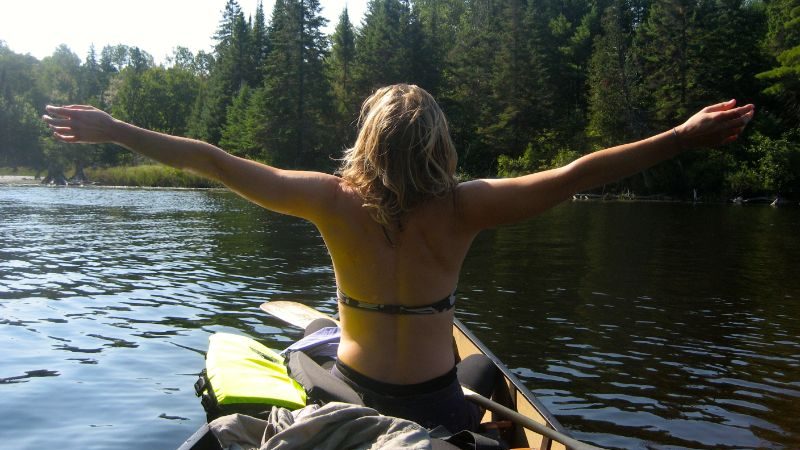
Canoeing in Canada.
A good story ending ensures you don’t leave your readers dangling at the cliff-edge of the second last paragraph. You’ve brought them this far, after all.
A few ways to end your story:
- Refer back to the beginning; this neatly completes the loop or narrative
- Sum up the main points, in a way you haven’t yet used in the story
- Mention something you’ve learned from the trip: a conclusion or insight that came from your experiences
- Share a “moment in time” as you did in the hook, only this time your intention is not to lead the reader into the story but to leave her with a lasting image or feeling.
Last words
Remember that all writing is a process and good writing takes practise, discipline and time. Be prepared to write bad drafts; we all do. The secret to good writing is good rewriting, as American essayist EB White once said; that is, knowing what doesn’t work and fixing it, again and again, until it does.
The best travel stories aren’t just about what you, the travel writer, did or what a place looked like. They take us to the heart of that place, to its true essence. They make us feel something and inspire us to travel and to look at the world, and life, differently.
In the words of Pico Iyer, one of my favourite travel writers, “Writing of every kind is a way to wake oneself up and keep as alive as when one has just fallen in love.”
Some of the best stories come from the road. Make your own on a small group adventure with Intrepid – explore our range of trips now.
All photos by Louise Southerden.

